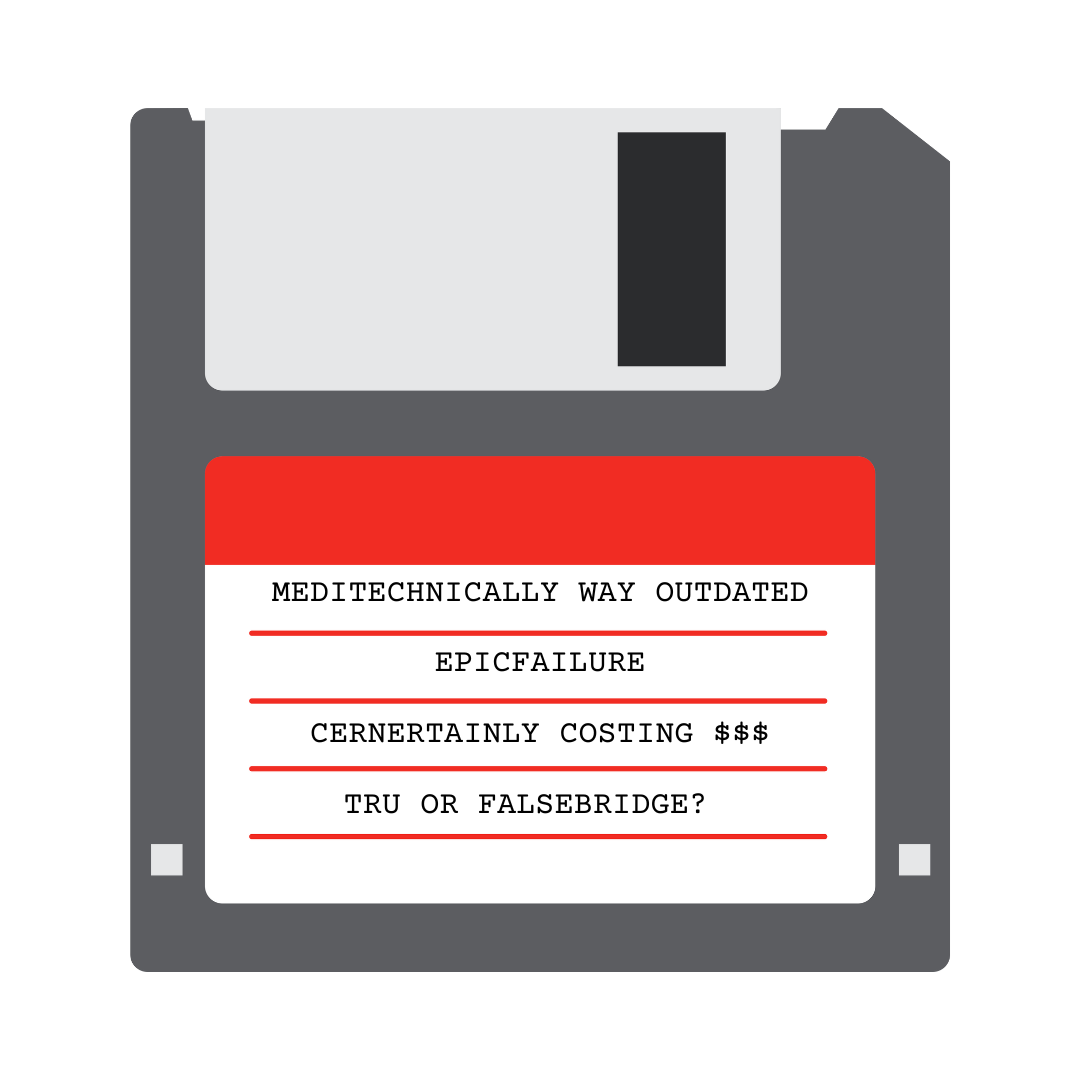
In today’s healthcare landscape, efficiency, accuracy, and patient satisfaction aren’t just operational goals—they directly impact your bottom line. Yet many healthcare organizations are still tethered to overpriced, outdated EHR systems. These legacy platforms drain budgets, slow down staff, frustrate patients, and create revenue leaks that add up to millions over time. If your EHR is more of a burden than a solution, it’s not just a nuisance, it’s a liability.
Hidden costs add up quickly! Legacy EHR systems often come with:
-
High licensing and maintenance fees
-
Costly upgrades that add little to no new value
-
Extra charges for basic functionality (e.g., reporting, integrations, support, price per user)
What looks like a predictable annual expense often balloons into an ever-growing line item. Meanwhile, modern EHR platforms are leaner, more modular, and deliver better ROI.
Inefficiencies bleed productivity! Every extra click, redundant form, or slow load time costs staff valuable minutes. Multiply that by hundreds of employees, and inefficiency becomes a massive hidden payroll cost. Outdated systems force providers to work around clunky workflows instead of enabling them to deliver care efficiently. That’s not just wasted time—it’s wasted money.
Missed Revenue Opportunities! An outdated EHR often lacks:
-
Advanced billing features that reduce claim denials
-
Revenue cycle automation tools to streamline processes and accelerate payments
-
Analytics tools that identify undercoding, missed charges, or inefficient workflows
Without these capabilities, practices and hospitals leave significant revenue on the table every month.
Compliance and Risk Exposure! Older systems can lag behind on compliance updates such as HIPAA, reporting mandates, or new billing rules. This exposes organizations to:
-
Costly fines and audits
-
Reputation damage
-
Security vulnerabilities that modern systems mitigate by design
Patient Satisfaction and Retention! Today’s patients expect digital convenience: online scheduling, instant statements, easy-to-access portals. If your EHR doesn’t support these features, patients will look elsewhere. Lost patients mean lost revenue, and in a competitive healthcare market, that adds up fast.
An outdated EHR isn’t just a tech problem, it’s a revenue problem. Between inflated costs, inefficiencies, compliance risks, and lost patient loyalty, organizations sticking with old systems are bleeding millions every year.
The right EHR should be an investment that drives revenue, not an expense that drains it. If your current system feels more like a burden than a benefit, it’s time to reevaluate—before it costs you even more. Want to take a look at an affordable, up-to-date alternative to your EHR that isn’t aging well? Let’s setup a GoRev demo.






